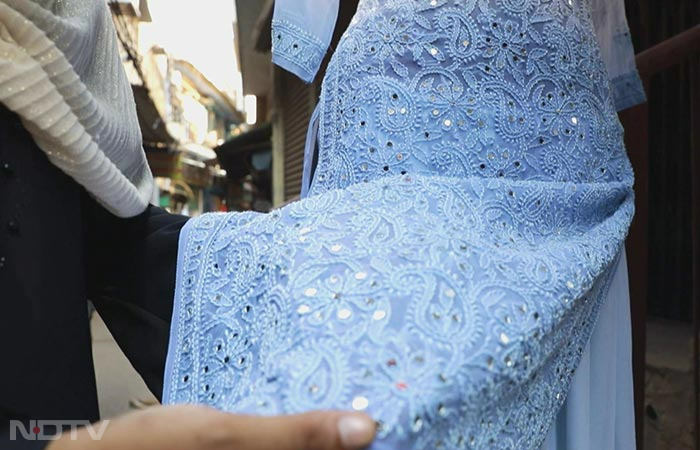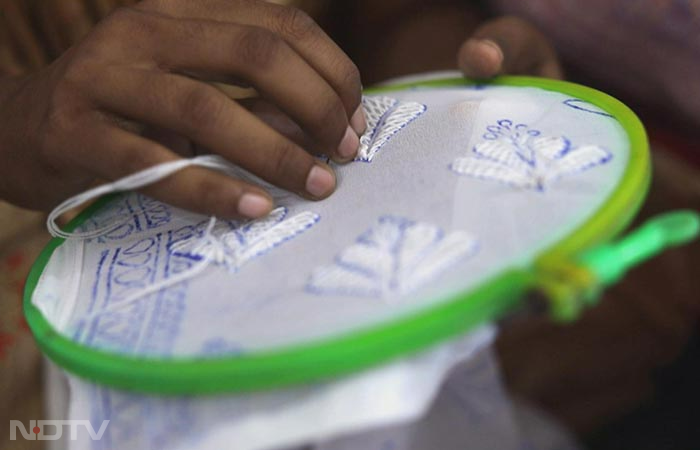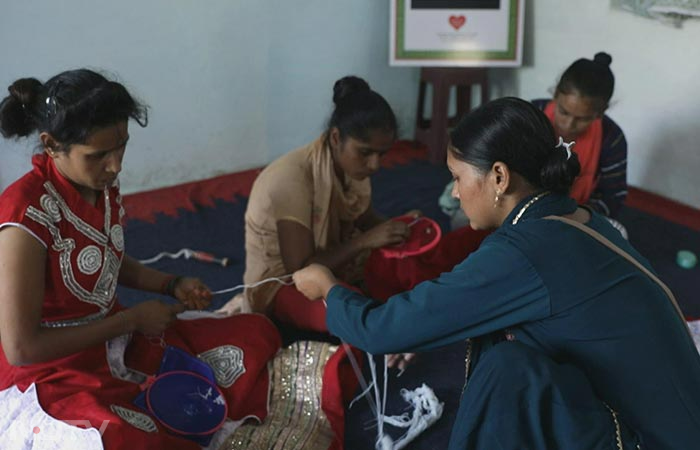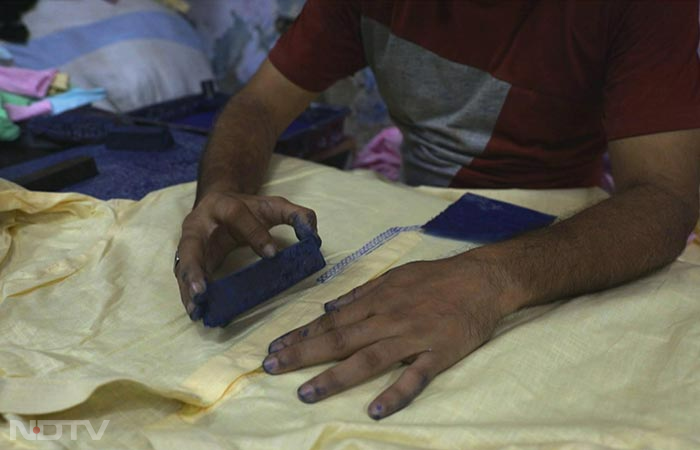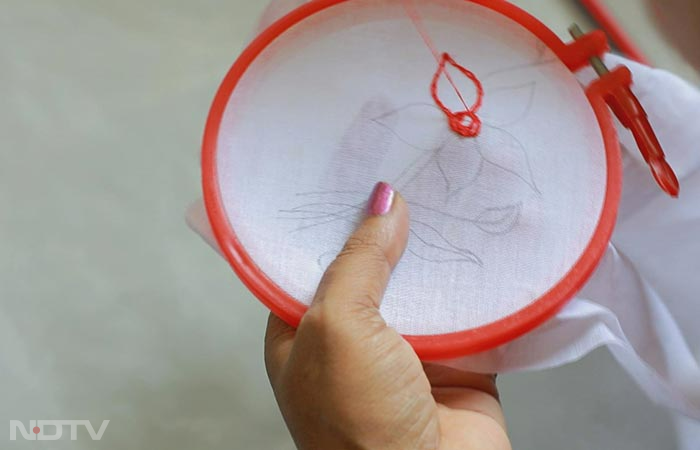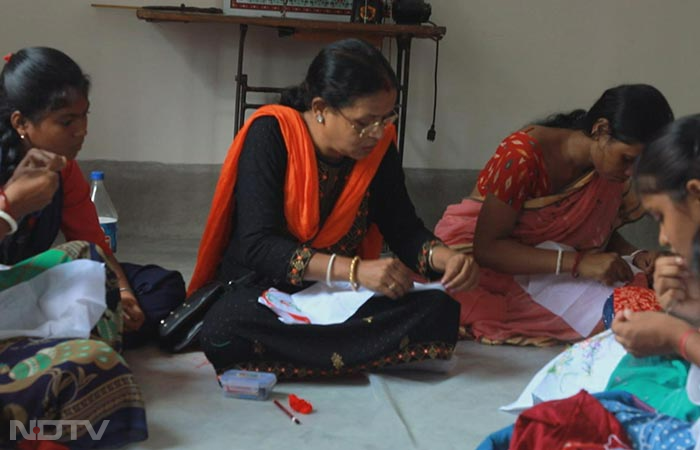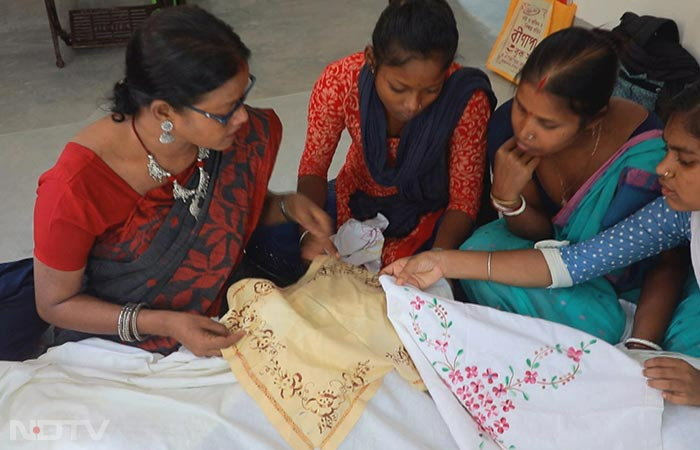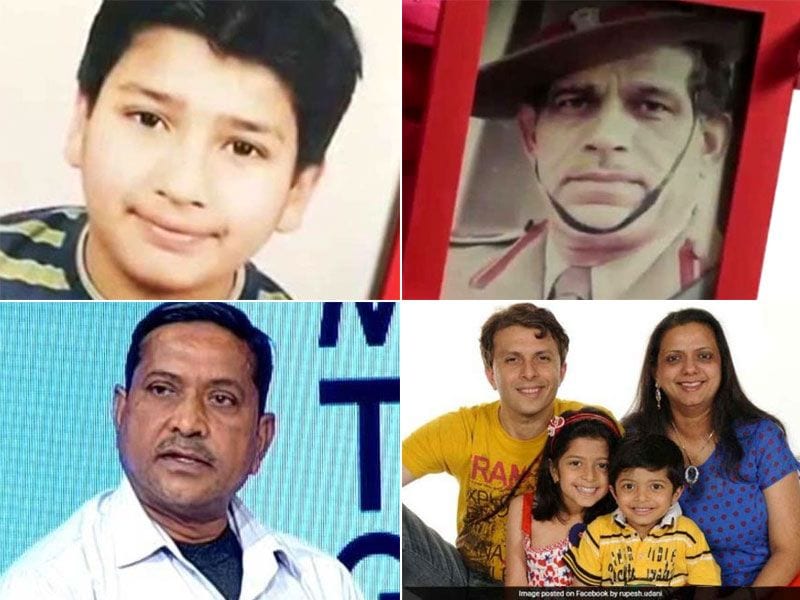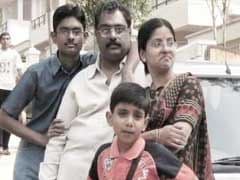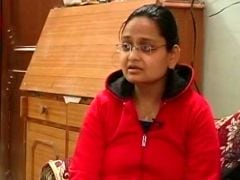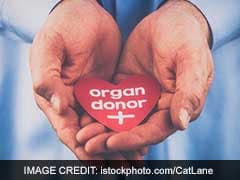In UP, West Bengal And Odisha, USHA Silai Schools Are Working With NGOs To Empower Rural Women
The rural women of Uttar Pradesh, Odisha and West Bengal have undergone stitching and sewing training in USHA Training Centres, and learned new and traditional art forms of stitching garments. Most of these women are now financially independent and are imparting their knowledge to other women in their villages.
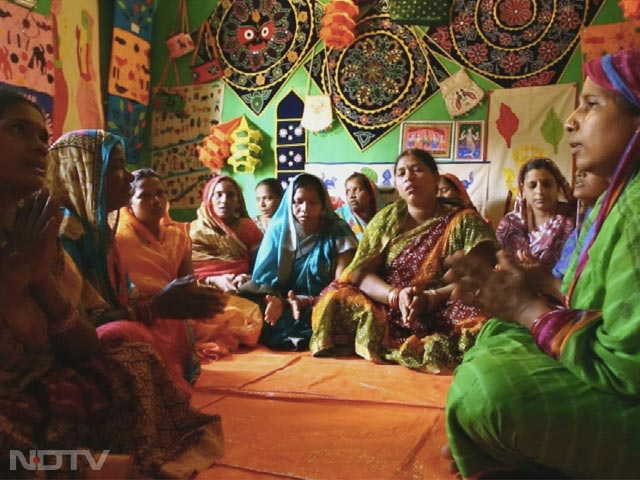
At Binita Bhatta's Silai school, the day starts with a hymn to Lord Jagannath. Ms Bhatta is not only helping other women stand on their feet but is also showing them a new way to live life. USHA gave a boost to mS Bhatta's skills in Chandua patch work. Now, she is not only writing a new story on the strength of these women, but is also rescuing other women from financial crises.
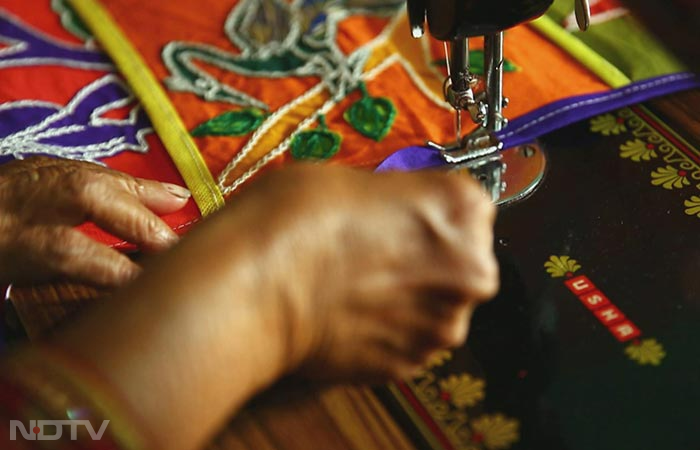
Chandua is synonymous with PipIli, in the Puri district of Odisha. It is an art form that is being kept alive in practically every household. It is a means of livelihood for many people, and now USHA is playing an important role in keeping this traditional applique work alive by training rural women.
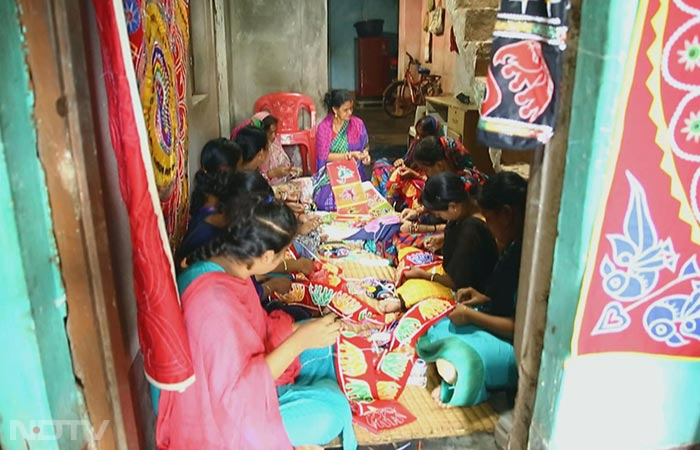
Swarnlata Panda has been making Chandua art on clothes for the last 15 years, using embroidery to make new products and create new looks for clothes. After undertaking training with USHA for 9 days, Ms Panda is now teaching these skills to women from 11 families through the USHA Silai school. In fact, the Odisha government has now made her their own trainer.
................................ Advertisement ................................
Latest Stories
- Written by Snigdha Basu | Wednesday February 15, 2017 , Chennai
The story of a 15-year-old boy named Hithendra, who lost his life in a motorbike accident, continues to inspire many in Tamil Nadu to become organ donors. As his parents chose to donate Hithendra's heart, kidney, liver, corneas and bone marrow, their action sparked off a movement called 'Hithendra Effect'.
- Written by Harsha Kumari Singh | Tuesday February 14, 2017 , Jaipur
The heart Oshin received was donated by the family of a 55-year-old man after he was declared brain dead. For the surgery, a green corridor was created and the heart was moved from a hospital in Gurgaon to Okhla in just 27 minutes.
- Written by Parul Chopra (With inputs from Dr Sonia Lal Gupta) | Thursday March 09, 2017
Organ donation is when a person allows healthy transplantable organs and tissues to be removed, either after death or when alive, and transplanted into another person. Common transplantations include: kidneys, heart, liver, pancreas, intestines, lungs, bones, bone marrow, skin, and corneas. There are a lot of myths about organ donation. Lets find out the truth.
SHARE YOUR STORY
Have you or someone you know been a beneficiary of organ donation? Share your experience to inspire others to support the cause of organ donation.



